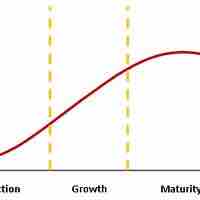Chapter 9
Products
By Boundless

A product is any good, service, or idea that can be offered to a market to satisfy a want or need.
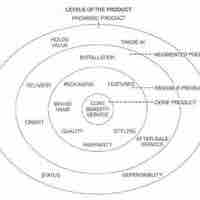
The core benefit is what consumers feel they are getting when they purchase a product.

The features and attributes of a product are integral to the product design process, which in turn assists in the creation of new products.

A consumer product is any tangible product for sale that is used by a person or household for non-business purposes.

Convenience goods are those that require little effort on the part of the buyer, while shopping goods require research and comparison.

Specialty goods are those considered unique by the buyer, who will go to great lengths to get them.

An unsought good is one that is not actively sought out by a consumer, but is instead purchased due to fear, precaution, need, etc.

Business products are sold to other businesses, as opposed to convenience, shopping, and specialty products, which are sold to consumers.

Marketers must often make product adjustments in order to keep the product competitive and continue to provide satisfaction to the buyer.
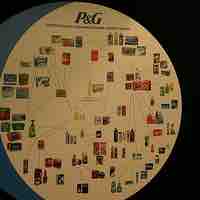
The breadth of the product mix consists of all the product lines that the company has to offer to its customers.

Companies employ different strategies to expand their product line depth, which refers to the number of products in a specific product line.

By productizing a service it can be managed more like a product and various product lines can be created.
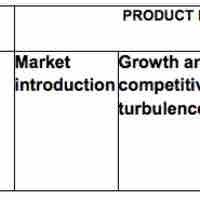
Every product goes through the various life cycle phases of introduction, growth, maturity and decline.

During the growth stage, the public becomes more aware of the product; as sales and revenues start to increase, profits begin to accrue.

During the maturity stage, sales will peak as the product reaches market saturation, and competition will grow increasingly fierce.
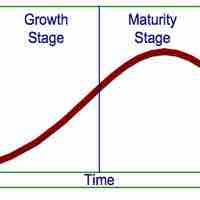
During decline, sales growth becomes negative, profits decline, competition remains high, and the product ultimately reaches its 'death'.

Product life cycles are a useful guide to lifetime sales and profits, and can help marketers understand what strategies to deploy & when.
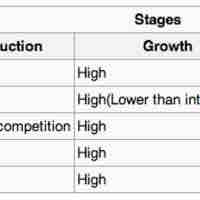
The stage of the life cycle of the product affects how it is marketed.
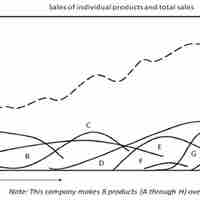
In dynamic markets companies must constantly introduce new products and services to keep up with changing consumer wants and needs.

A good NPDS can help organize research, prioritize customer needs, and reduce cost overruns, to ensure a smooth development process.
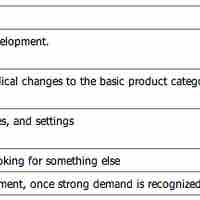
The success of product-driven companies is directly tied to new product development, which is generated through innovative ideas.

During screening, the company evaluates whether to devote further resources to the development of a product at various stage gates.
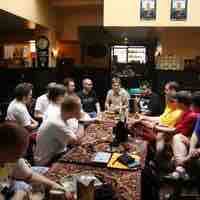
Concept testing is important for evaluating consumer responses to a product before market introduction.

The output of the business analysis stage is a prediction about whether the product is likely to be profitable or not if ultimately produced.

Development involves setting product specifications as well as testing the product with intended customer groups to gauge their reaction.

Test marketing is the final stage before commercialization, and is where all the elements of the marketing plan are tested.

Commercialization the process of launching a new product; it may involve heavy promotion and filling the distribution networks with the product.

Marketers must learn from their own previous failures, and others' failures, to ensure that they are successful for the next product launch.
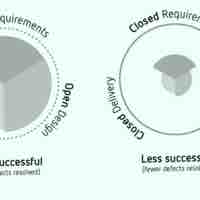
Consumers place a value on quality; therefore high quality products may be able to win share and/or command a price premium.

Premium features and design may help differentiate a product to earn it share or a price premium in the marketplace.
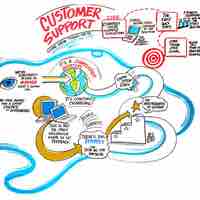
Excellent customer service can help differentiate a product or brand and may lead to increased brand loyalty over time.

Product deletion, either through product replacement or product elimination, results when products fail to meet company expectations.

Product development combined with product marketing make up the product management function within an organization.
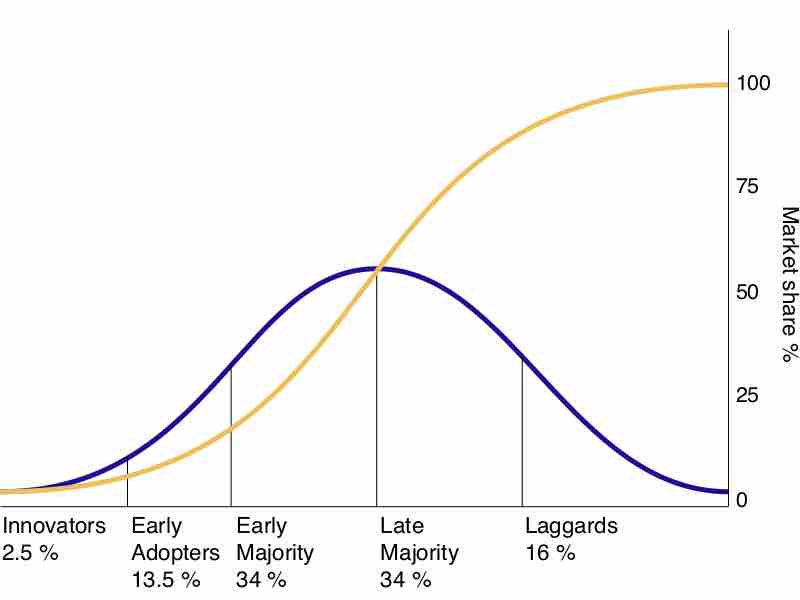
The diffusion of innovation theory seeks to explain how, why, and at what rate new ideas and technology spread through cultures.
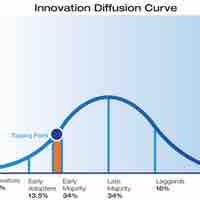
The rate of adoption is defined as the relative speed with which members of a social system adopt an innovation.
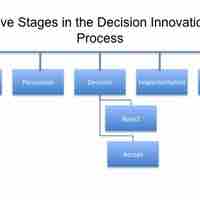
The stages of adopters for the diffusion of innovation include knowledge, persuasion, decision, implementation, and confirmation.
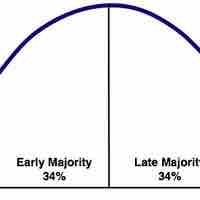
In applying the diffusion of innovation theory, it is important to understand potential adopters and their decision-making process.
- Branding
- Packaging

